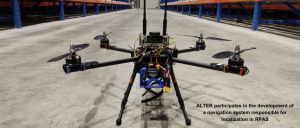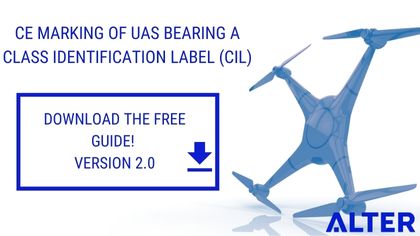EASA has published a consultation paper on Means of Compliance (MoC) for the Light-UAS.2511 focused on the adoption of an FTS (flight termination system), defined as an emergency measure (not a contingency measure). Due to the generic nature of such means of compliance, EASA opted for public consultation. This consultation also refers to 2 methods for determining the allowed maximum population density in adjacent areas. These methods are two different ways to derive Dpop-adj-max (maximum acceptable population density in adjacent areas).
EASA published this paper because of the requests for design verification projects (DVP) focused on enhanced containment. In the frame of EASA DVPs, SC Light UAS is utilized as a design verification basis and, for enhanced containment, Light-UAS 2511 (b) applies. Several applications are used when the risk associated with the adjacent areas on the ground or adjacent airspace is significantly higher than the risk associated with the operational volume including the ground buffer. The method to avoid a breach in adjacent areas that some of these applications harness is flight termination, which is the reason it is needed to establish a means of compliance to Light-UAS.2511 exclusively based on an FTS.
To ensure that the SORA TLOS is achieved on adjacent areas, Light-UAS 2511 (b) is assessed quantitatively about ground risk. This is done employing an equation that links Dpop-adj-max, Ac (expected crash area of the UA), TLOS, and Pexit.
The document also presents the prescriptions for an adequate FTS system, including flight procedures and maintenance instructions and, optionally, means to reduce impact dynamics. Laboratory testing procedures for FTS are also included in this consultation.



